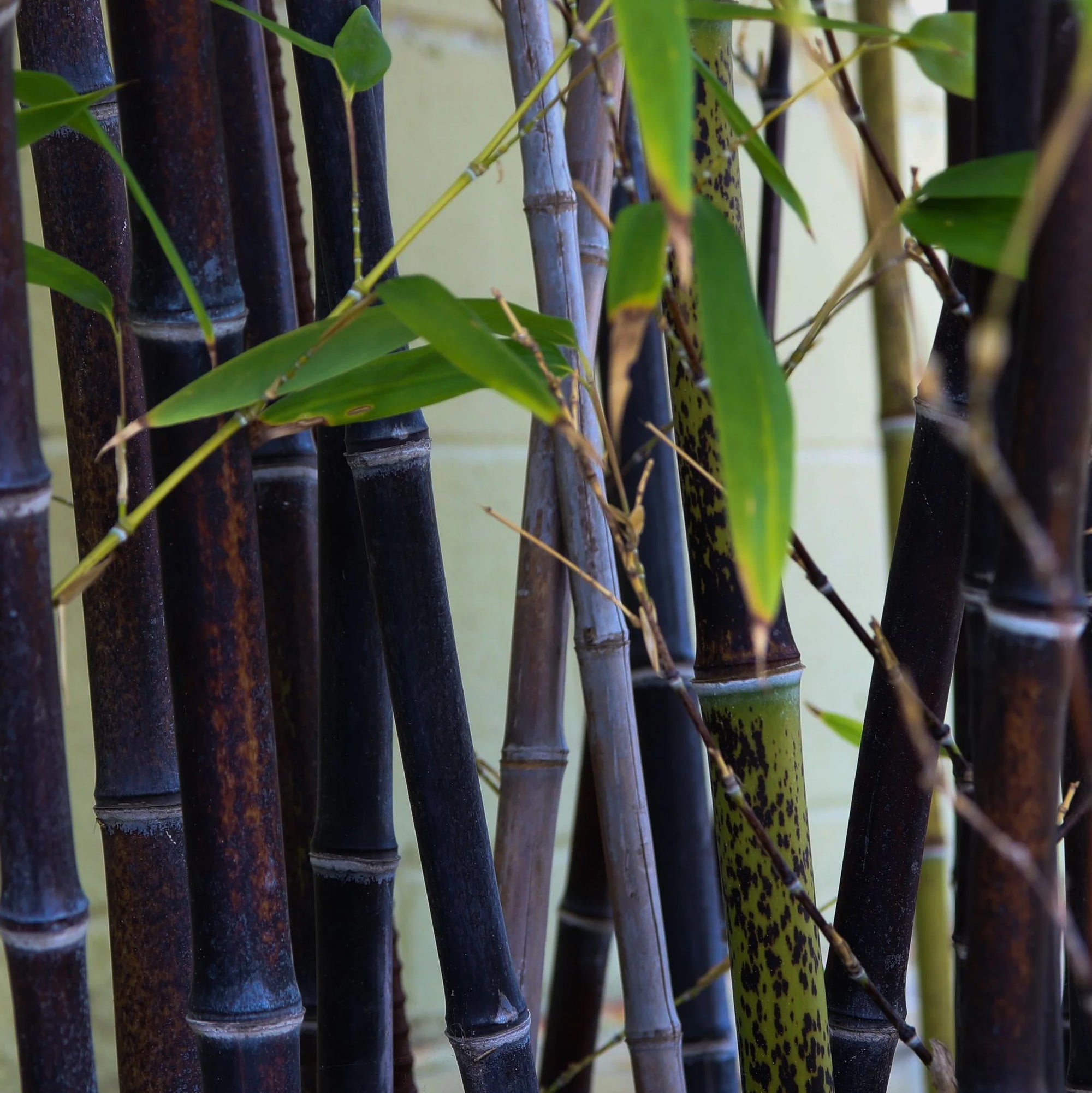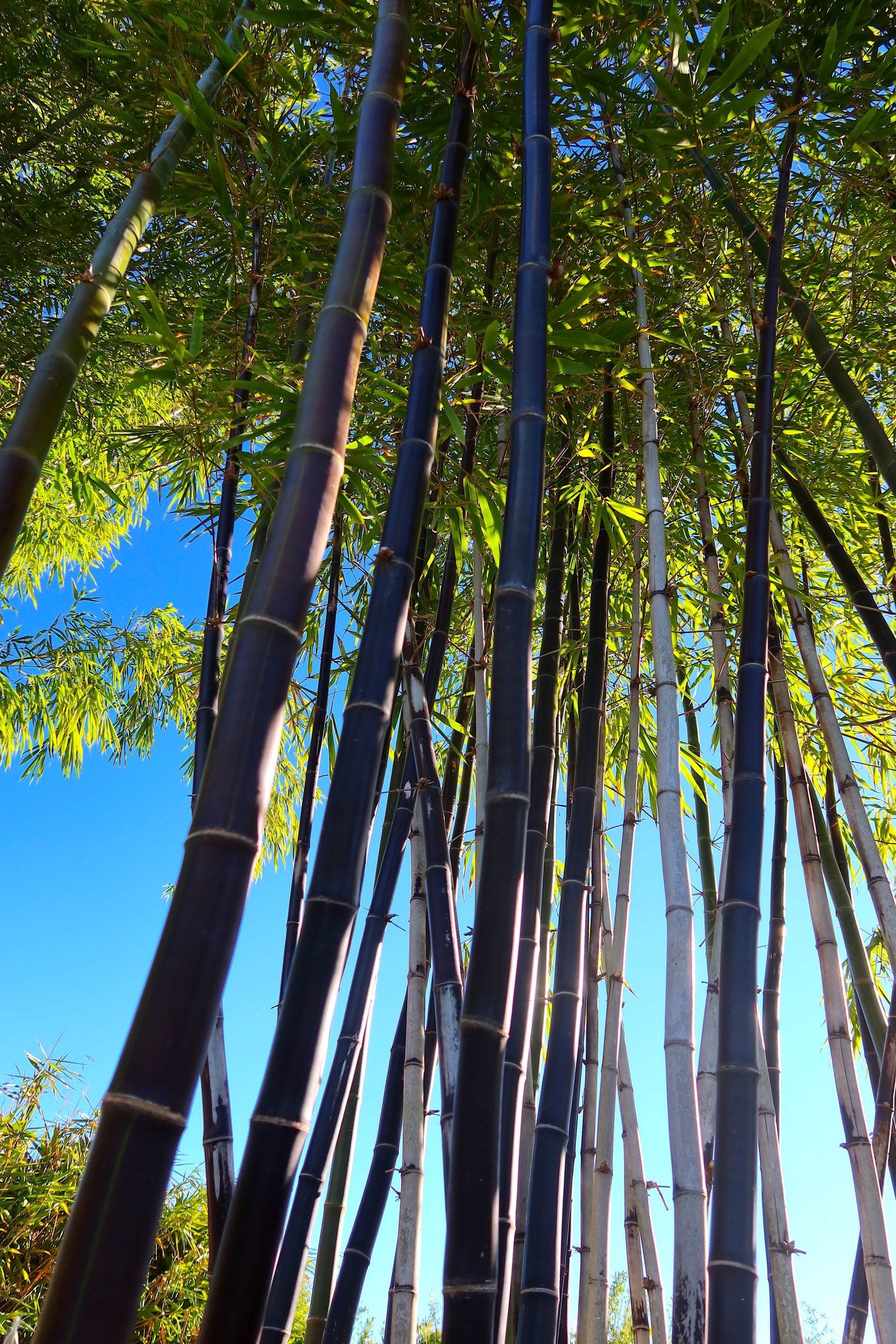Black Bamboo Seeds - Phyllostachys nigra
- Regular price
- $6.99
- Unit price
- per
-
Phyllostachys nigra - Non-GMO, Open-Pollinated, Heirloom, Untreated
-
Stunning Ornamental: Creates a breathtaking landscape feature as canes mature from green to a deep, polished ebony-black over 1-3 years.
-
Create a Living Screen: A "timber" bamboo that can reach mature heights of 20-35 feet, forming a dense and beautiful privacy screen or grove.
-
RUNNING BAMBOO WARNING: This is an aggressive running variety. It must be contained with a heavy-duty bamboo root barrier (rhizome barrier) or planted in a large, isolated container to prevent it from spreading.
-
Evergreen Foliage: Features delicate, bright green leaves that contrast beautifully with the black canes and provide year-round color.
-
Cold Hardy: A reliable and hardy perennial in USDA Zones 7-10, tolerating temperatures down to 0-5 degrees F once established.
-
A Rewarding Project: Growing bamboo from seed is a challenge for the patient gardener. It requires specific conditions and time but is incredibly rewarding.
-
Versatile Use: Perfect for modern landscape design, dense privacy fences, crafting, or as a magnificent solitary specimen.
USDA Hardiness Zones
USDA Hardiness Zones

Planting Tips
Planting Tips



